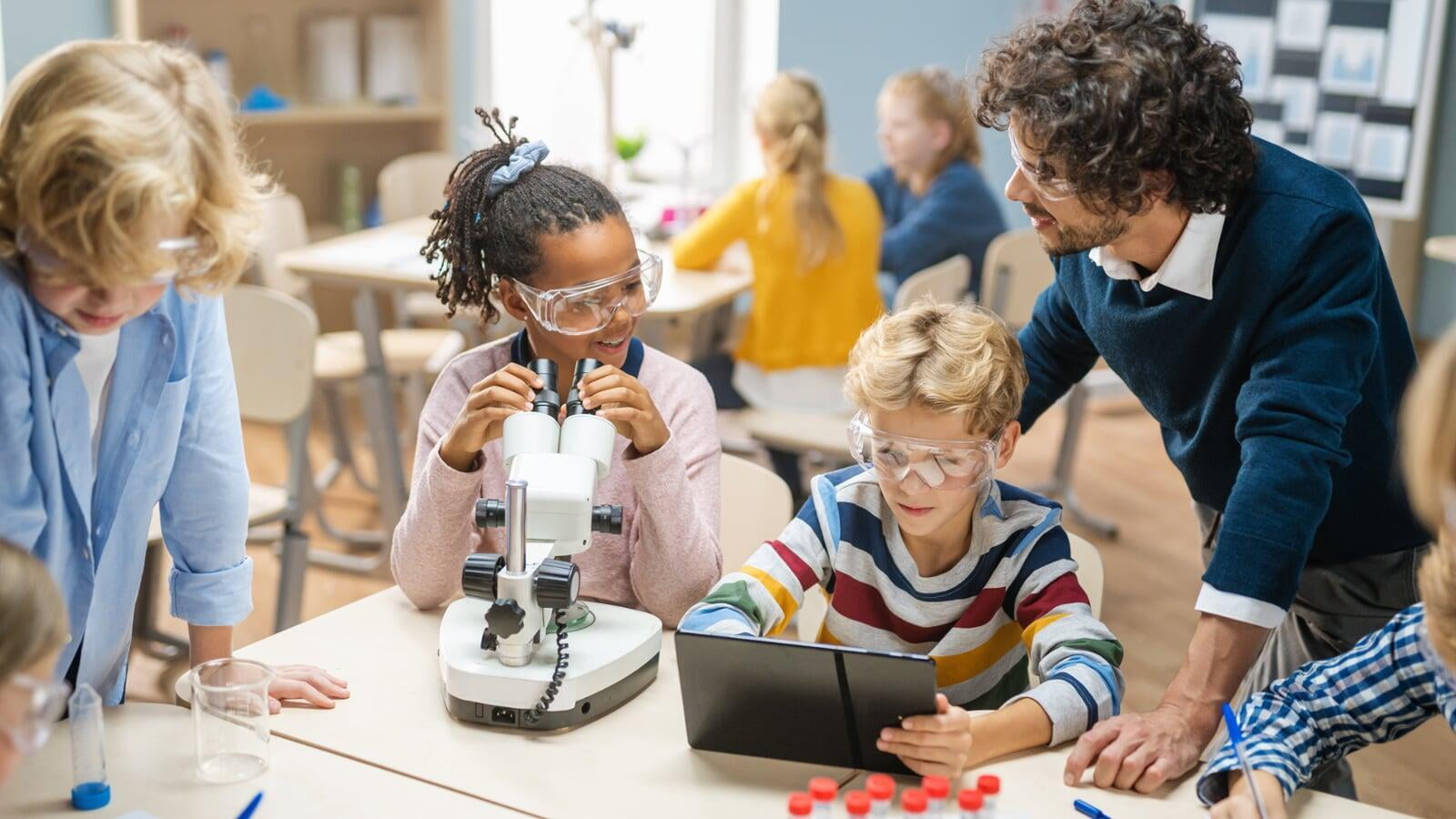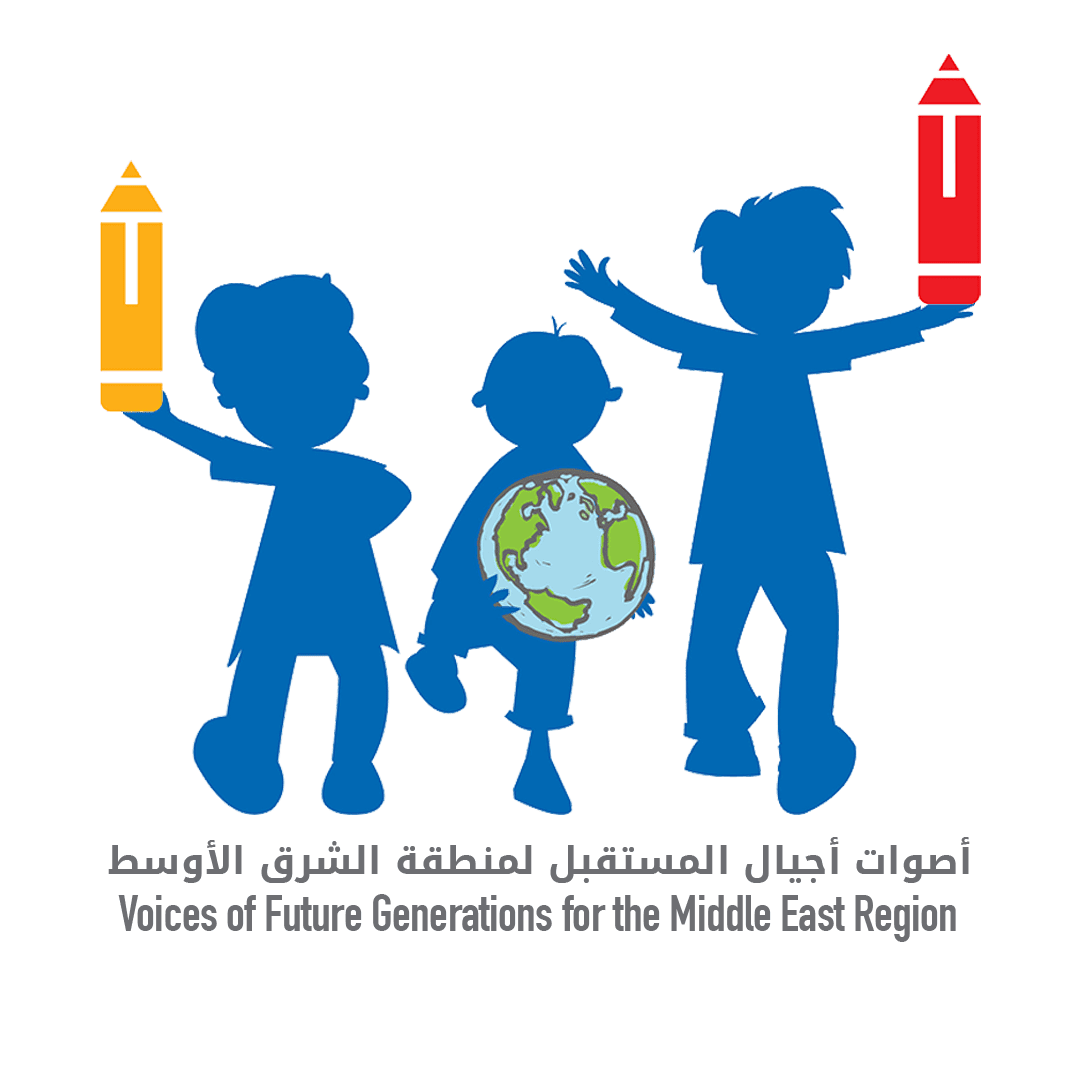
Teaching Children Information Literacy
Teaching Children Information Literacy
Often, when students enter college or university, they lack good information literacy skills.
What do we mean by this? Essentially, information literacy is the ability of a child to:
- Decide what information is needed.
- Be able to make choices about the different types of information available both in print and electronically.
- Be able to locate and select relevant resources to satisfy an information need.
- Be discerning and evaluative about the information that is found, and the process used to find it, and apply it to informed decision-making.
However, it is often the case that students, both at school and in higher education, rely too heavily on sources that are not suitable, such as Google or Wikipedia.
As such, it is crucial that we lay the background in school to improve students’ awareness of the concept of information literacy and why it is essential for their long-term education.
One of the most significant benefits of teaching information literacy to students is that it equips them with the skills they need to find and evaluate information critically. With ChatGPT and other artificial intelligence systems, students have access to a wealth of information, but not all of it is accurate or reliable. Therefore, it is essential for students to learn how to distinguish between accurate and inaccurate information and how to evaluate the credibility of sources.
Another critical benefit of teaching information literacy in AI era is that it helps students become better communicators. With the rise of digital communication, it has become more important than ever to be able to communicate effectively and to understand how to use digital tools appropriately. By teaching information literacy, educators can help students learn how to communicate their ideas effectively and how to use digital tools such as ChatGPT responsibly.
In addition, teaching information literacy can help students develop self-directed learning skills. Self-directed learning involves taking responsibility for one's learning, setting goals, and pursuing knowledge independently. With the vast amount of information available online, it has become more important than ever for students to develop the skills they need to learn independently.
One way to achieve this is by developing a whole-school information literacy curriculum that is embedded within the academic discipline, flexible, holistic, and student-centered.
However, it is not just about what is included in the curriculum; it is also about how it is delivered. The best approach is to collaborate between librarians and teachers to understand what students need and to design lessons that meet their needs.
After all, think of reading-comprehension skills that begin in the Foundation Stage and continue throughout school; the skills are built upon with appropriate instruction at each stage of learning.
This is the ideal approach to information literacy: introducing the skills in the early years, building on them as the student advances through primary school, and introducing new concepts of knowledge-seeking and analysis as they progress.
The key is that by incorporating these ideas into the students learning experience before university or college, they are familiar with these processes on arrival and in a far better position to take their learning forward, rather than grappling with new learning conventions.

